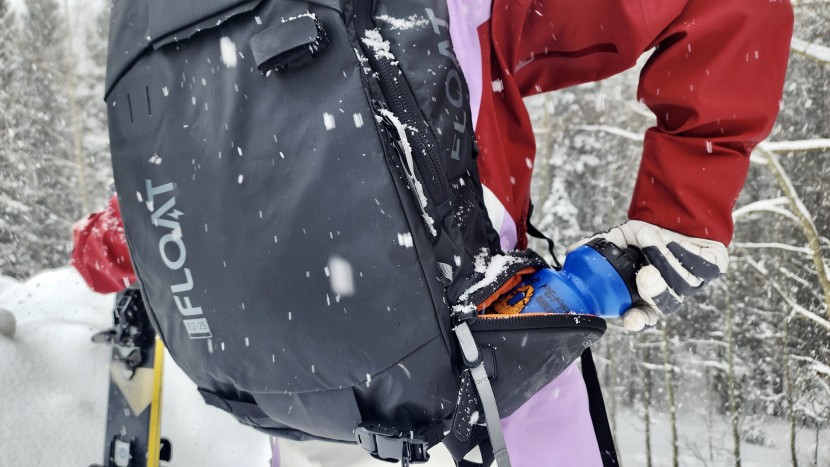How We Test
We tested these avalanche airbag packs in various environments and for every objective we could dream up. Our testing panel enjoyed skiing the steep, glaciated slopes of Alaska and traveled as far as the Swiss and French Alps. We also tested packs close to home around Silverton, Colorado, in the San Juan Mountains – a place that some call the “center of the snow and avalanche universe.” We wore these airbags for everything from casual dawn patrol tours to guiding multi-day hut trips. We also solicited tons of user feedback from trusted partners, ski guides, ski patrollers, and avalanche educators.
Testing Metrics
We take the time to meticulously assess each airbag system and test the specific nuances of each and every pack. Not only do we test extensively in the field, but we also perform objective tests in the lab to verify manufacturer claims. Our assessment is broken down into key components that help separate the best avalanche airbags on the market from those that are less memorable.
Utility
First and foremost, each of these packs needs to function well as a useful ski or snowboard pack, so we consider their ease of use while in the backcountry. We evaluate pockets, carry systems for skis, snowboards, and helmets, and ease of access to important items. To test this, we simply look at the components and test them out in the field. We also gave them to snow and avalanche professionals to determine their functional utility.
Airbag System
We assess each type of airbag system, reflecting on the strengths and weaknesses relative to the overall pack design. We evaluate the shape and volume of the airbag, the deployment system, its modular components, and its power system – whether electric or compressed air. We also carefully scrutinize both the handle, ease of triggering, and the leg loop mechanism.
Weight
This metric is fairly straightforward: we measure and weigh each avalanche airbag pack and consider how the materials affect weight. We also look at the weight specifically of the airbag system, independently of the pack component. The size and material of the airbag itself may also influence this metric, as well as how many features the pack has.
Comfort
Comfort while carrying a heavy pack for big days of vertical gain is a paramount consideration. We took each avalanche airbag pack on multi-day hut trips and big single-day adventures to assess overall comfort. We also discuss which packs best fit smaller-framed users. We note essential features, such as padded shoulder straps, ergonomic back panels, the efficacy of the waist belt and adjustment points, and more. And, of course, we consider how comfortably these packs carry on the downhill.
Features
We consider additional features that are nifty and neat, like fleece-lined pockets for goggles and sunglasses, additional stash pockets, adjustments, gear-carrying capability, and more. We examine each pack's feature set and consider their utility for single-day tours and multi-day trips in various terrain. We also solicit feedback from industry professionals – including guides, avalanche educators, and ski patrollers – on what makes a fully functional airbag pack.

